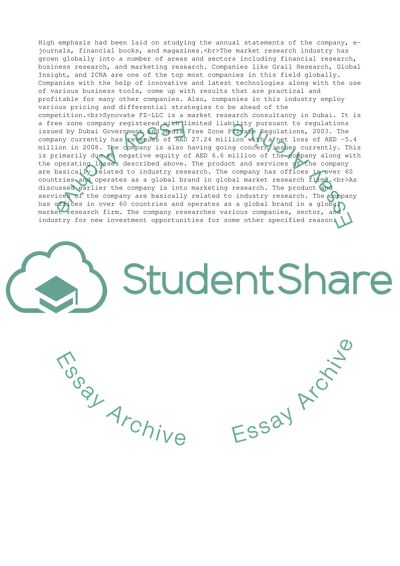Cite this document
(Forecasted and Budgeted Performance of Synovate FZ-LLC Assignment - 1, n.d.)
Forecasted and Budgeted Performance of Synovate FZ-LLC Assignment - 1. Retrieved from https://studentshare.org/management/1752221-financial-management
Forecasted and Budgeted Performance of Synovate FZ-LLC Assignment - 1. Retrieved from https://studentshare.org/management/1752221-financial-management
(Forecasted and Budgeted Performance of Synovate FZ-LLC Assignment - 1)
Forecasted and Budgeted Performance of Synovate FZ-LLC Assignment - 1. https://studentshare.org/management/1752221-financial-management.
Forecasted and Budgeted Performance of Synovate FZ-LLC Assignment - 1. https://studentshare.org/management/1752221-financial-management.
“Forecasted and Budgeted Performance of Synovate FZ-LLC Assignment - 1”, n.d. https://studentshare.org/management/1752221-financial-management.


